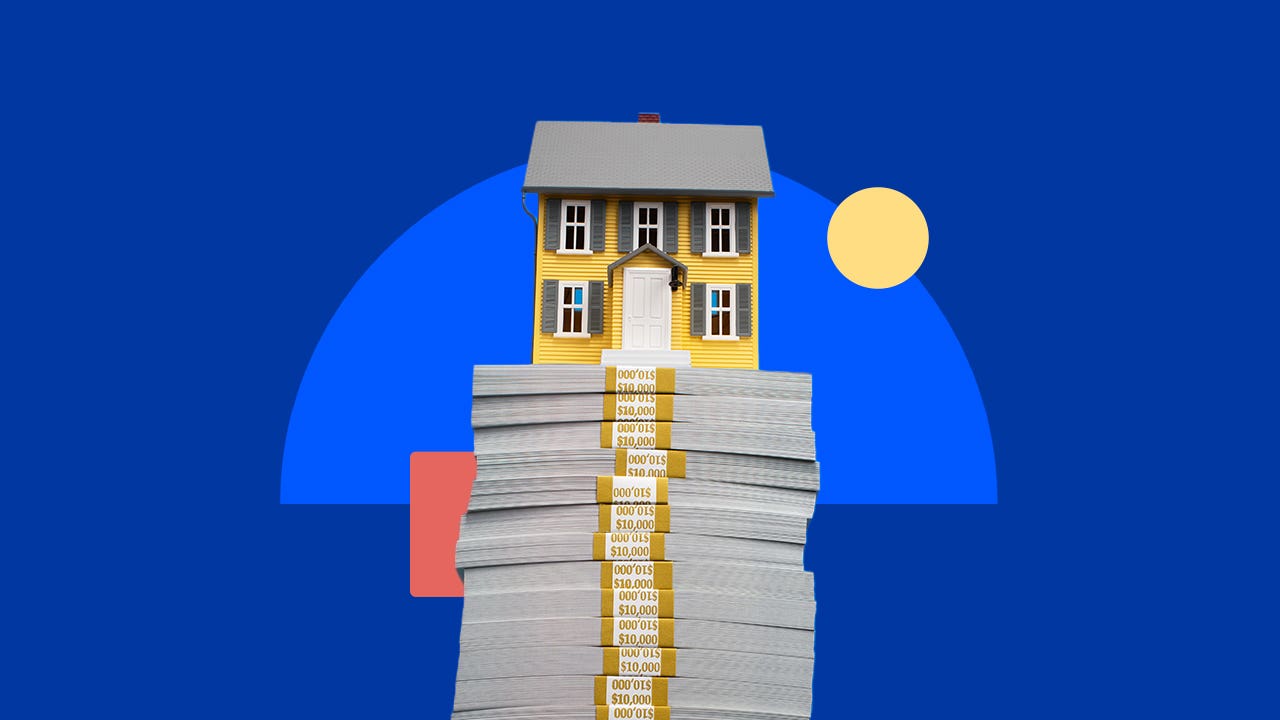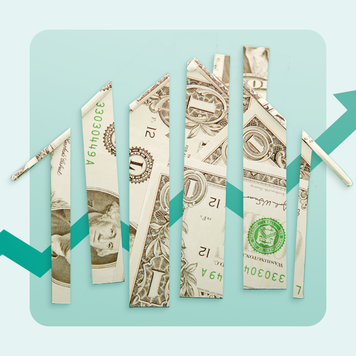Mortgage news
Discover the latest in mortgage news, compare rates, and learn more from Bankrate's mortgage experts.
Latest mortgage news

Weekly national mortgage rate trends
Current mortgage rates
| 30 year fixed | 6.25% | |
| 15 year fixed | 5.58% | |
| 10 year fixed | 5.46% | |
| 5/1 ARM | 5.60% |
Learn more:
How Bankrate collects mortgage rates
Compare rates:
Experts in mortgages
Our experts deliver the news and insights that matter, supported by data and personal experience.
About Bankrate experts
Bankrate Financial Analyst

Principal Writer, Home Lending

Home Lending Expert
All mortgage news

Mortgage rates held steady following the final Fed cut of the year.

Mortgage rates fell a bit this week following the final Fed cut of the year.

The Federal Reserve’s decisions have ripple effects, including for mortgages.

Homeownership isn’t always the dream—you may sacrifice more than you expect.

Mortgage rates rose this week despite a third consecutive Fed cut.

In most major markets, fewer than 3 in 10 homes are affordable to the typical household, Bankrate found.

Bankrate ranked major U.S. metros according to two factors: (1) the share of homes for sale that a typical household can afford and (2) the income needed to buy a median-priced home.

Mortgage rates dropped a bit lower this week in anticipation of another Fed cut.
The trusted provider of accurate rates and financial information